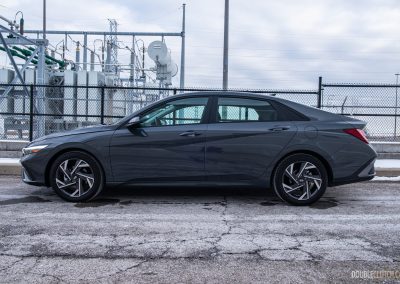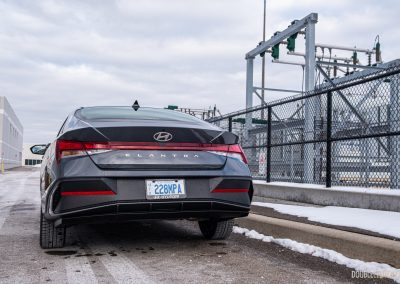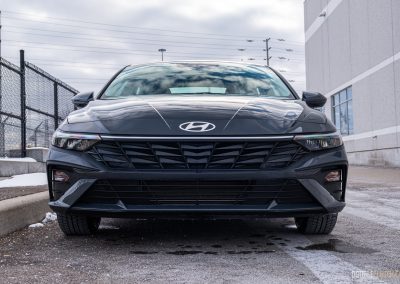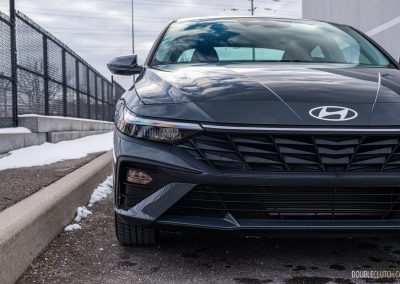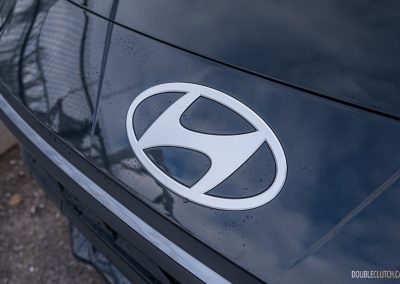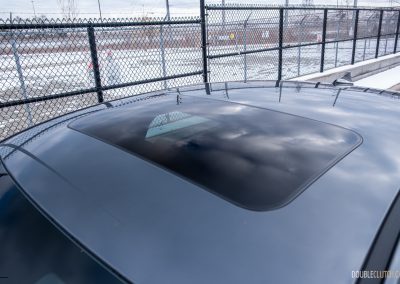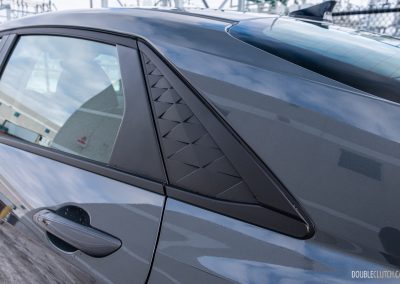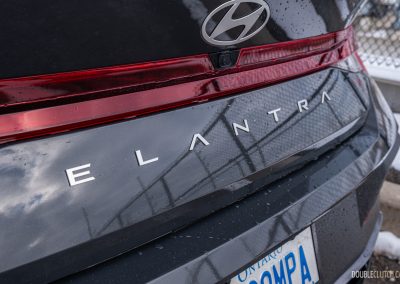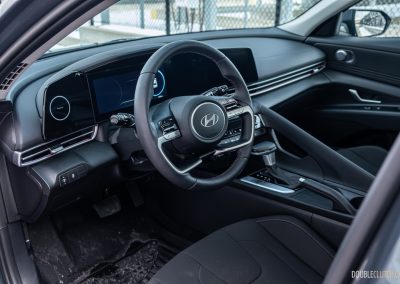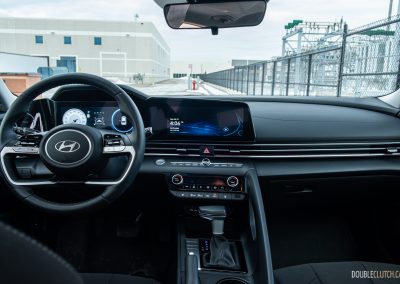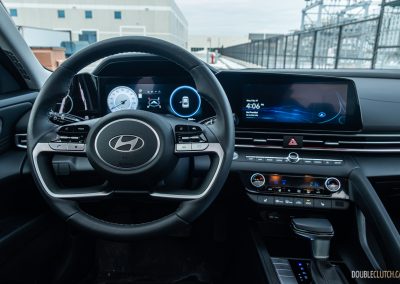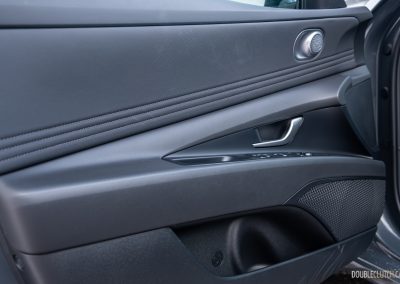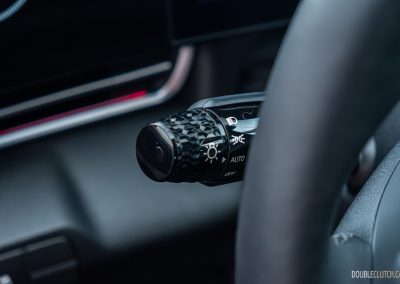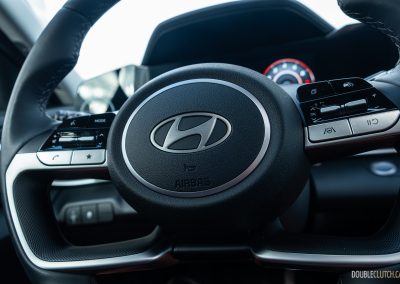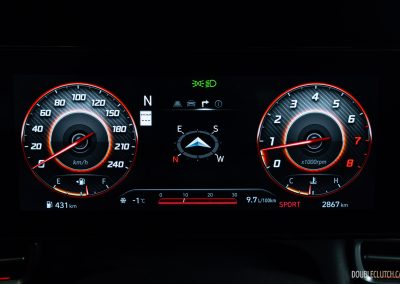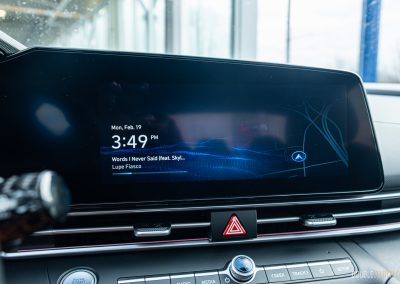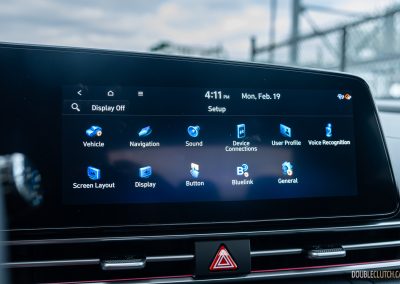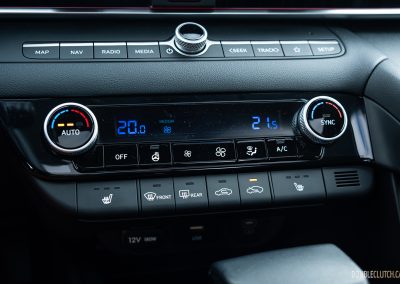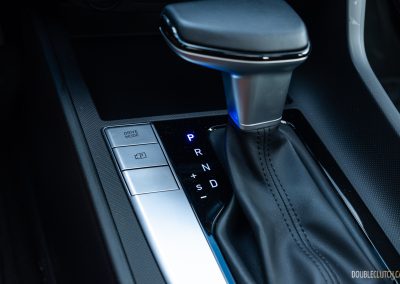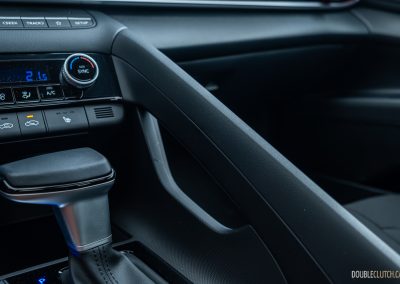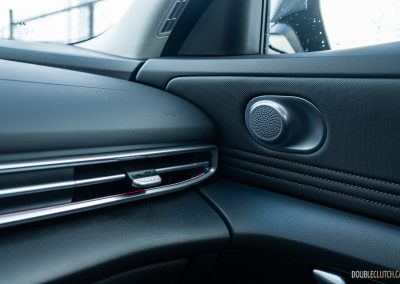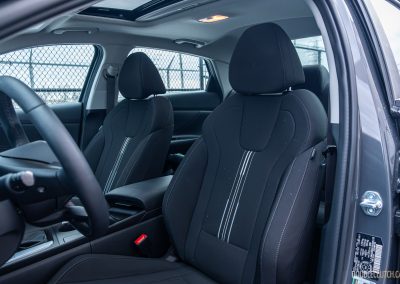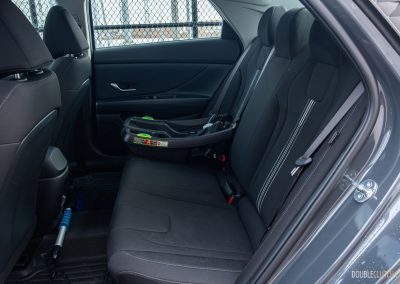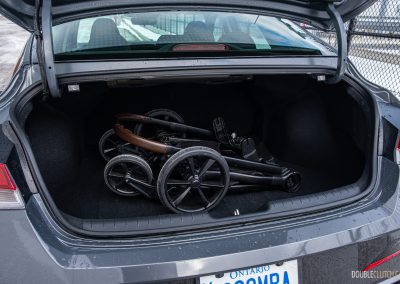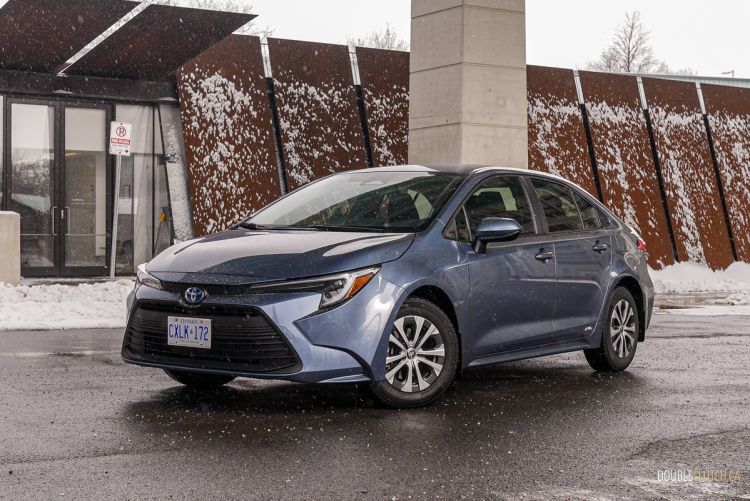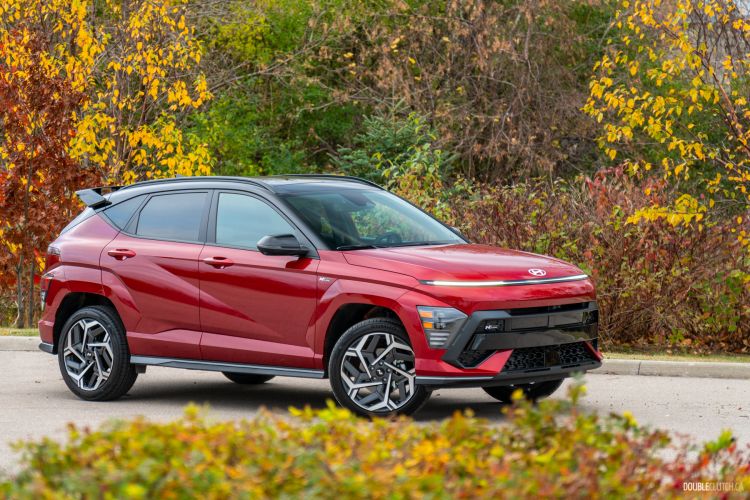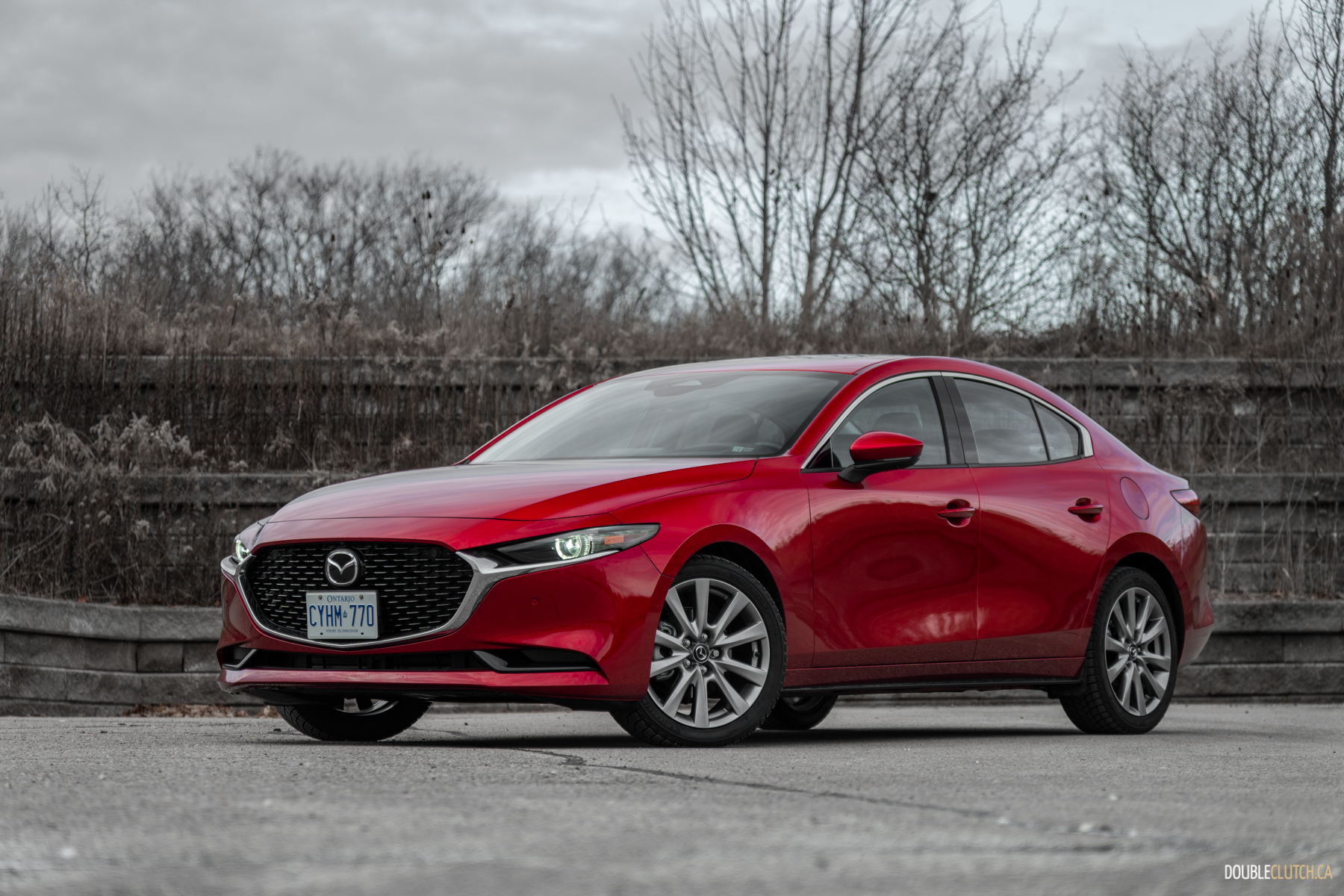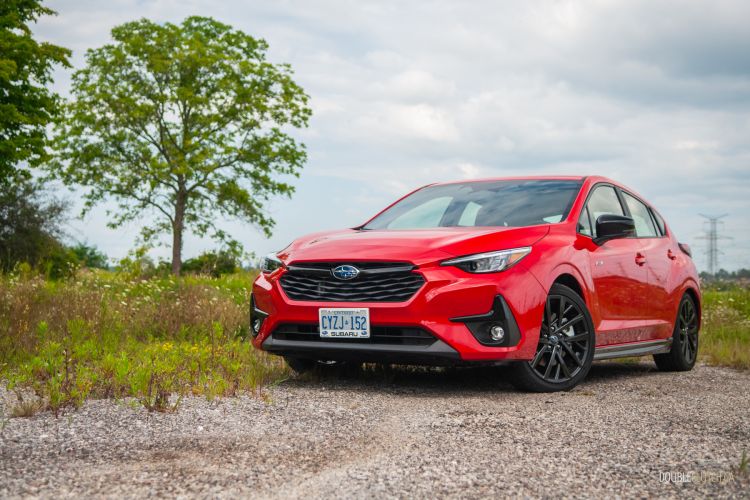Hyundai has been on a tear lately, releasing good products in almost every category, be it electric, hybrid, commuter cars, or even something sporty. What they haven’t forgotten, however, is their penchant for offering the most bang for your buck, and the 2024 Hyundai Elantra Preferred exemplifies this.
Over a decade ago, this bang for your buck usually meant cheap materials and low build quality. Yes, you got tons of features for the price, but you paid for it in scratchy plastics and rattle-can refinement. This isn’t so much the case anymore; yes, the Elantra has some scratchy plastics on the lower door panels and the passenger-side centre console handle feels flimsy, but most touch points overall feel solid.
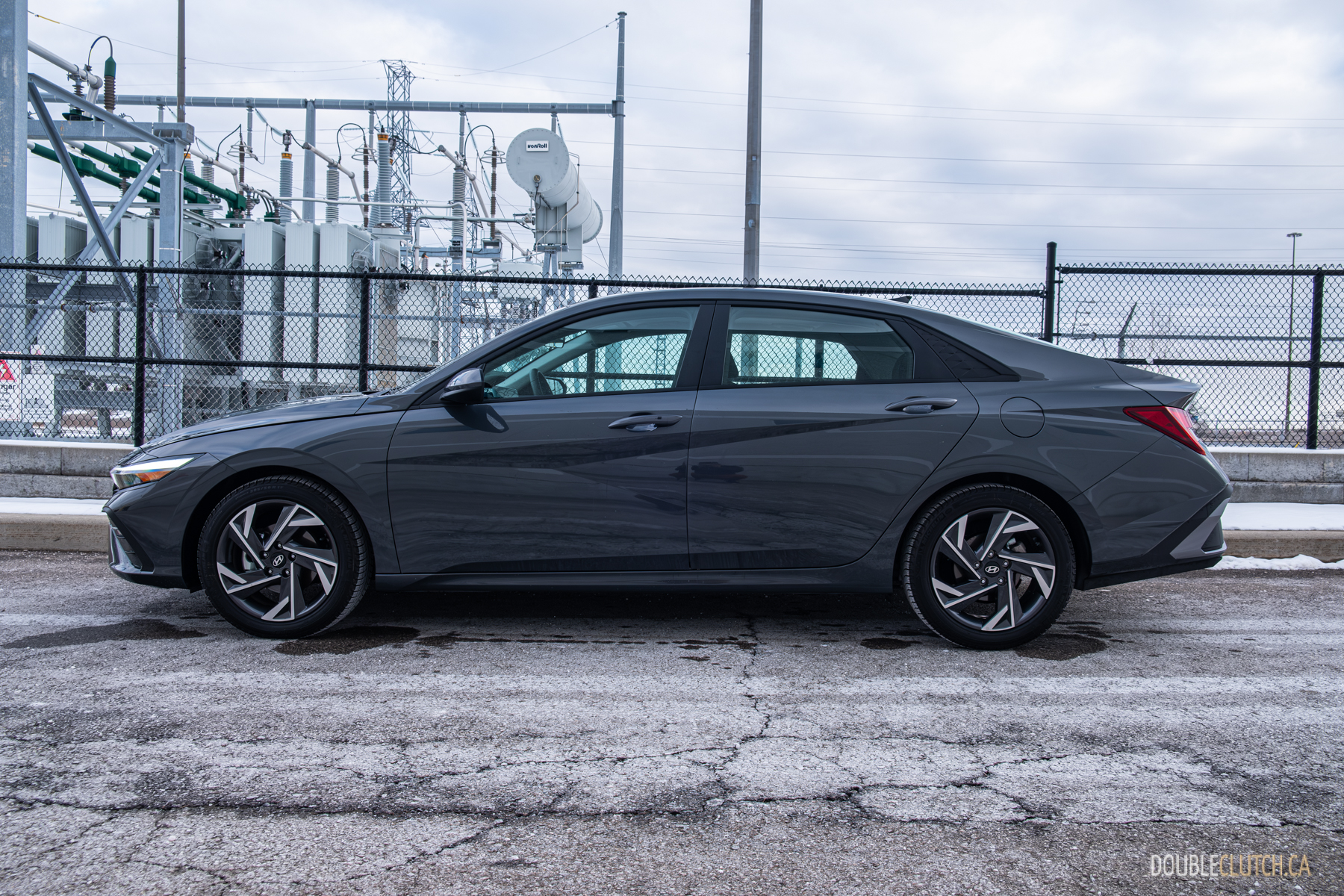
The Preferred trim here sits in the middle of the Elantra lineup, slotting above the base Essential but below the upper-end Luxury and Ultimate trims. Still, you get a lot of features, like heated front seats and a heated steering wheel, lane-follow and lane-keep assist, blind-spot monitoring, 17-inch wheels, and power sunroof, to name just a few of those features — though some require stepping up to the Tech package. It’s a good bit of kit for a simple, nondescript commuter car.
Hyundai still uses physical buttons and knobs for the dual-zone climate controls, sitting just below the 10.25-inch touchscreen infotainment system. It’s easy to use overall, but for the life of me, I couldn’t get Android Auto to connect. The gauge cluster is also fully digital; both displays punch in far above their weight in terms of resolution and zippyness — the technical term, no doubt. This is certainly a result of co-developing some software and tech with Genesis, and you can even see more of those subtle upscale touches hidden throughout the cabin, like the knurled turn signal and wiper stalks. Sometimes, sharing is a good thing — someone please tell that to my son.
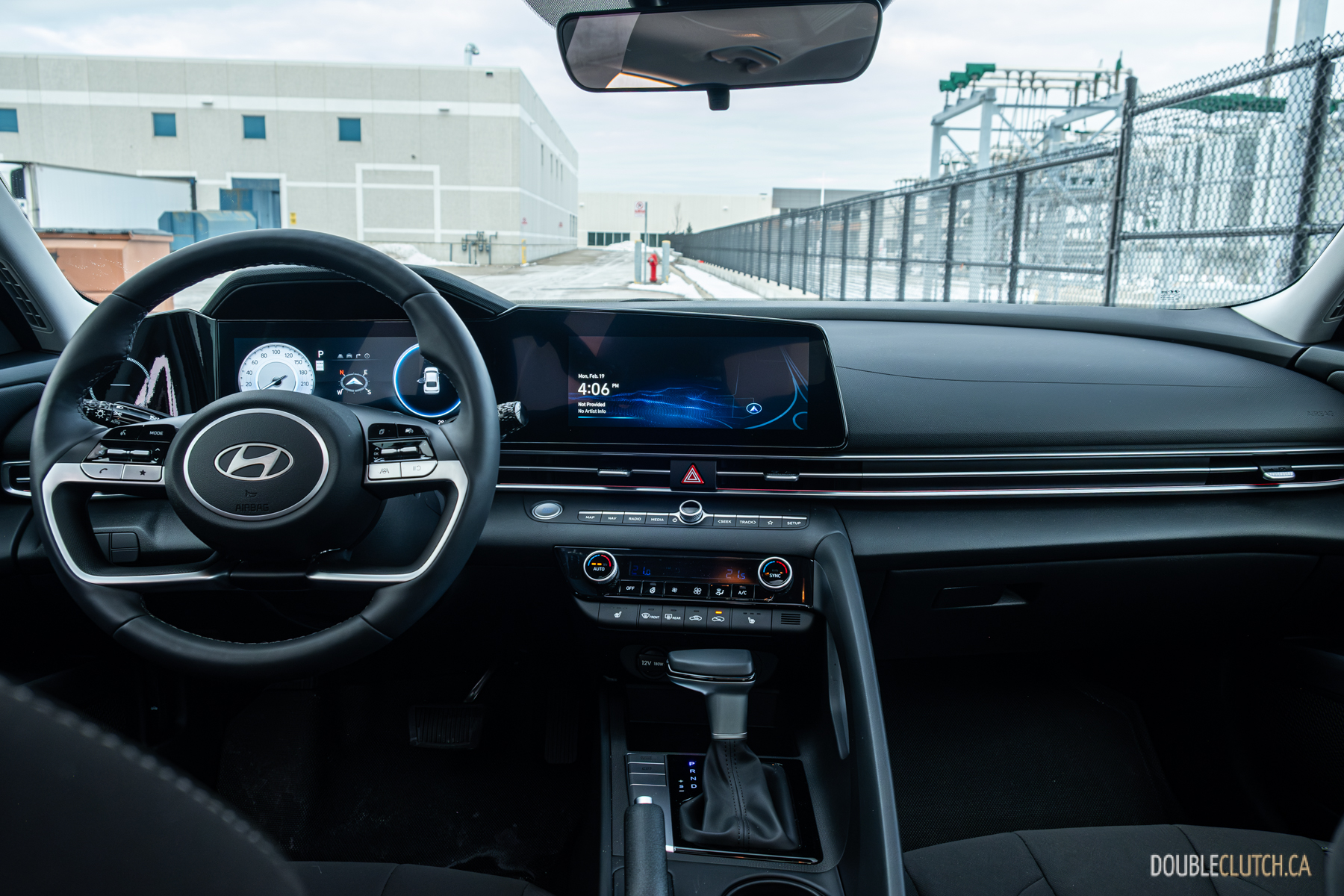
Now, this isn’t to say the Elantra feels luxurious in the same way a Mazda3 or the new Honda Civic does. The cloth seats feel comfortable, but the fabric upholstery looks plain, and the steering wheel and shift lever feel plasticky. The Elantra does have ambient lighting, but it’s limited to a single strip on the dashboard. But context matters here, and that context is the Elantra’s price. More on that later.
For 2024, Hyundai has freshened the Elantra’s styling. It loses some of that edginess up front in favour of a cleaner overall look reminiscent of the also-refreshed Sonata. It’s nice to see, as Hyundai’s design language isn’t always shared among all its models. Hyundai has also restyled the headlights, now looking more modern, streamlined, and better-integrated compared to the outgoing model. Beyond that, the Elantra is largely the same as before: the overly sharp creases and edges continue to run down the side, and the rear-end is a complete carryover including an odd crease that looks like it’s being sucked into the trunk. I don’t particularly love the look; the new front end is vaguely reminiscent of a platypus from some angles, and the Civic pulls off a much cleaner aesthetic, but the refreshed Elantra differentiates itself well from other nondescript blobs on the road.
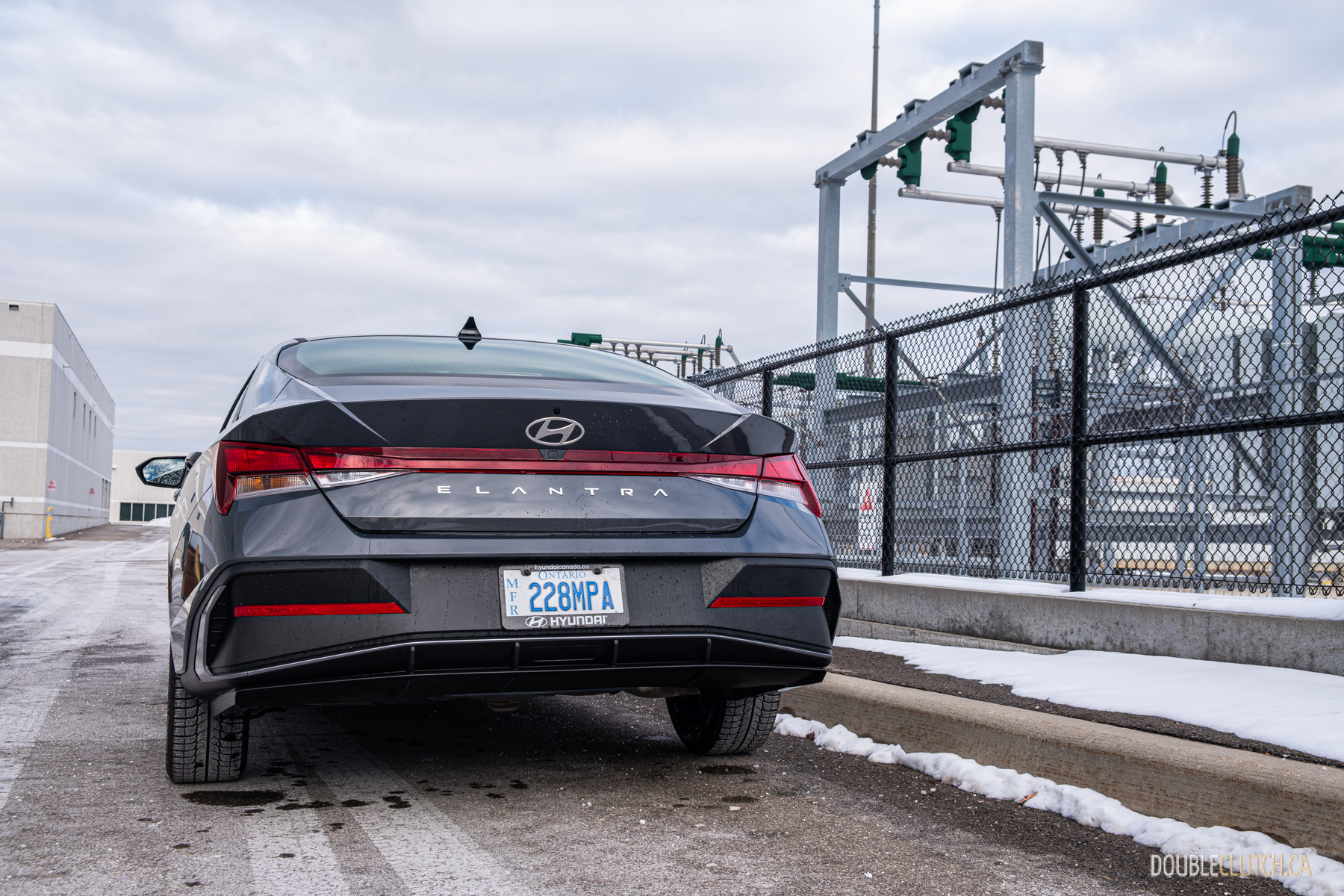
Power is routed to the front wheels via a normally aspirated 2.0-litre four-cylinder engine and a CVT, good for 147 horsepower and 132 pound-feet of torque. It’s an uninspired powertrain that sounds coarse and buzzy under hard acceleration, but delivers adequate-enough power around town. Against some of its turbocharged brethren, the Elantra lacks some low-end torque, but I’d say the target demographic would be hard pressed to care. And for those who do, Hyundai continues to offer a more powerful and more efficient hybrid, as well as the 201-horsepower Elantra N-Line, or the 286-hp Elantra N.
Beyond the engine, I was pleasantly surprised by how well-behaved the CVT was most of the time, both around town and passing on the highway. CVTs have come a long way from their dreaded “rubber band”-feeling days; Hyundai isn’t the first automaker to smooth them out, but I still commend them for doing so.
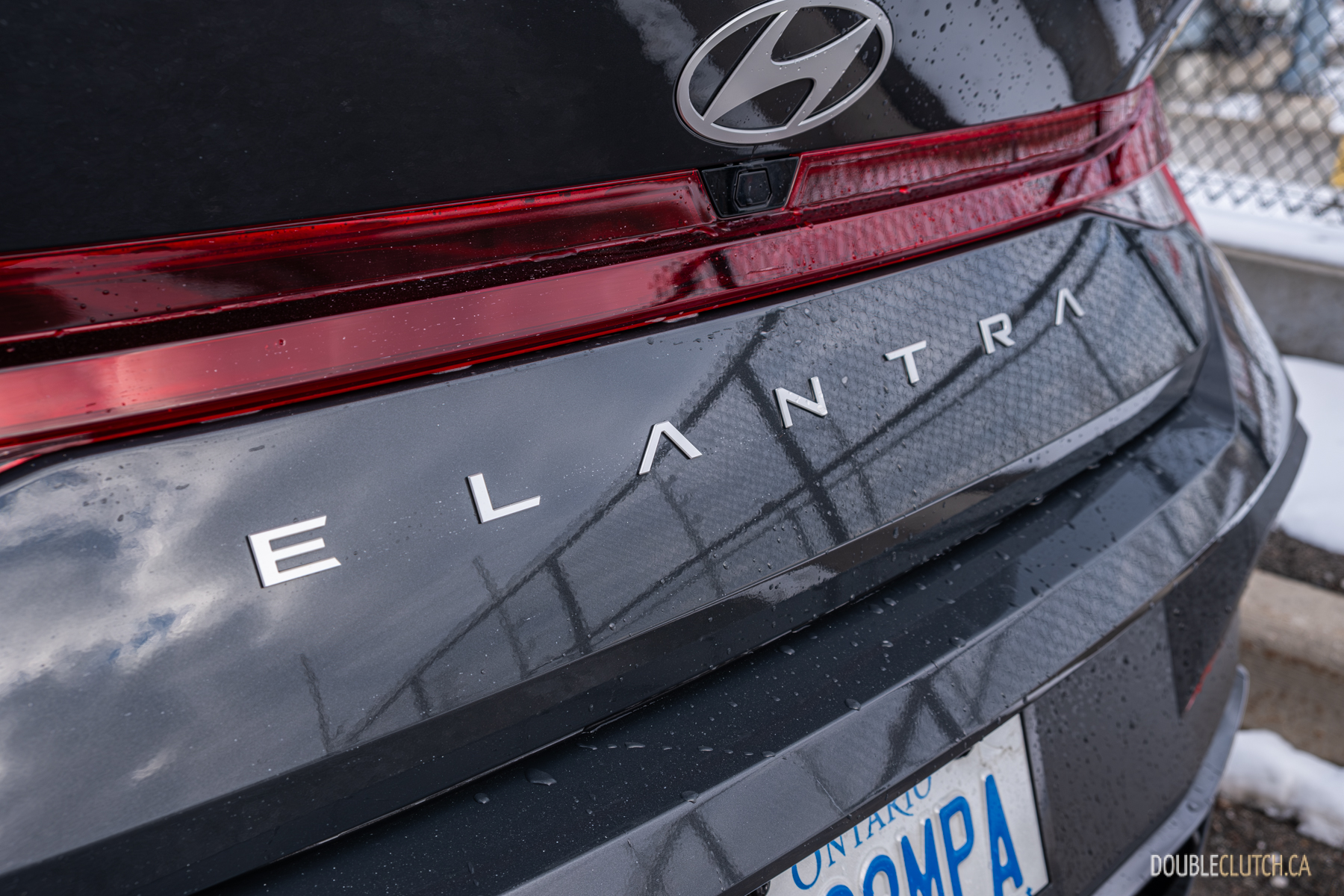
Now, say what you will about the Elantra Preferred’s scratchy lower interior panels or underpowered engine, all this needs to be contextualized with price. Someone in the market for a mid-level Elantra is looking for value for dollar, and this is where the Elantra truly shines. At $28,755 as-tested, it’s one of the few cars that slot under the $30,000 mark these days without being completely bare bones. A similarly equipped (albeit more substantial-feeling) Civic will cost at least $4,000 more; a comparable Corolla would run you at least an extra $2,000 and would still be missing a few features. That’s a big difference at this price point, and really hammers home the value-for-dollar Hyundai continues to deliver. And if you’re worried about reliability, the Elantra’s five-year/100,000-kilometre warranty is still among the best in the segment.
If all you care about is comfortably getting from point A to B without spending too much money, it’s hard to argue against the 2024 Hyundai Elantra Preferred.


